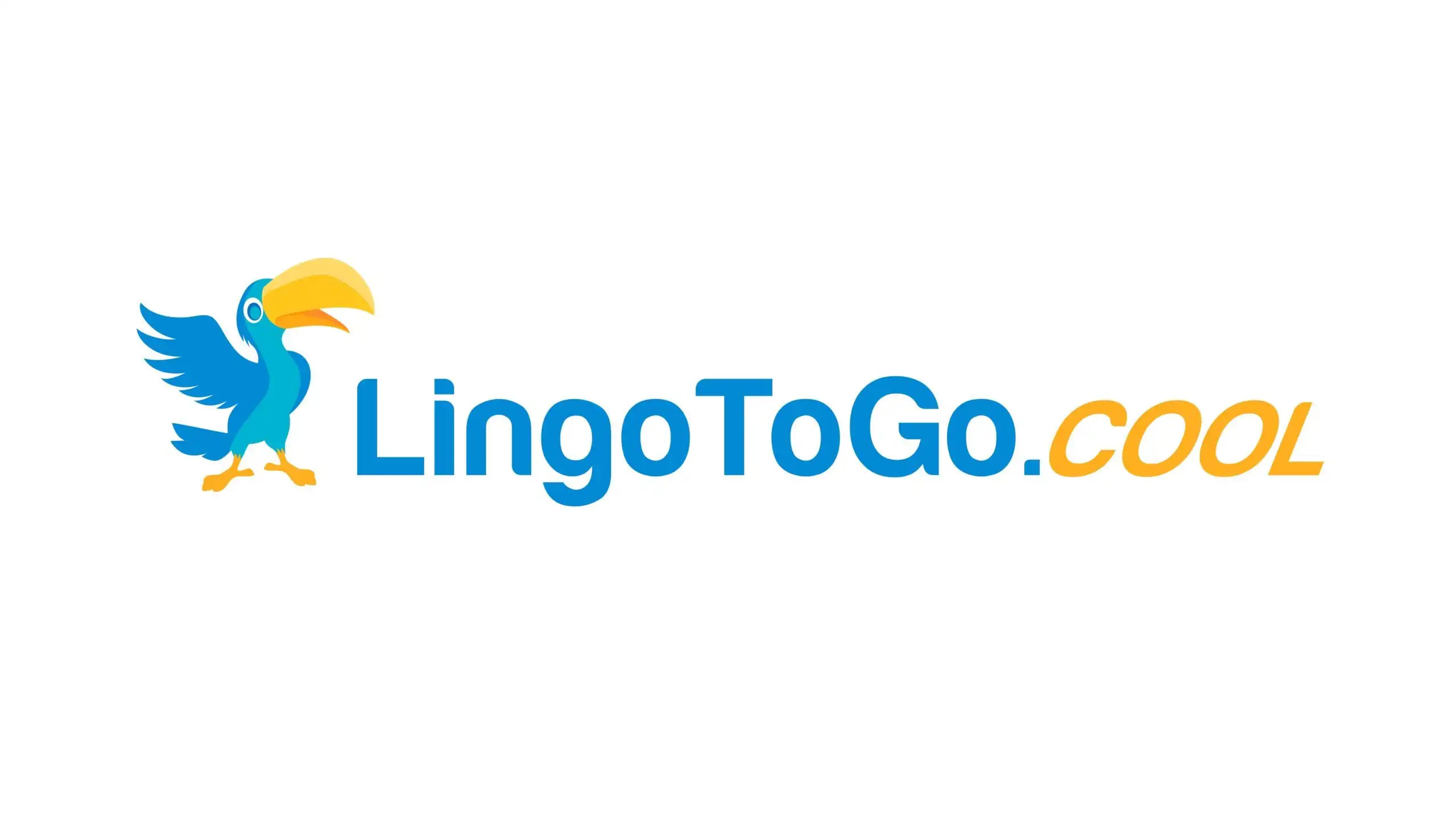In Panama, Spanish takes on a uniquely colorful and expressive form, especially when it comes to greetings. Understanding these local expressions will help you connect with Panamanians and navigate social situations with confidence.
Casual Everyday Greetings
The most common informal greeting you’ll hear is “¿Qué sopa?” (literally “What soup?”), equivalent to “What’s up?” in English. This expression emerged from Panama’s urban culture and has become widespread across all social groups.
“Xopa” (pronounced “so-pa”) is another quintessentially Panamanian greeting, used primarily among younger people and in casual settings. It’s a shortened, more modern version of “¿Qué sopa?”
When meeting friends, you might hear “¿Cómo estás, mopri?” where “mopri” is local slang for “friend” (derived from “mi primo” – my cousin). Similar variations include “¿Qué tal, mopri?” and “¿Todo bien, mopri?”
Here are more everyday expressions you’ll commonly hear:
- “¿Qué es lo qué, papa?” (What’s up, buddy?)
- “¿Cómo va la vaina?” (How’s it going? – literally “How’s the thing?”)
- “¿Qué hay de nuevo, brother?” (What’s new, brother?)
- “¿Todo chévere?” (Everything cool?)
- “¿Qué te dice la vida?” (What does life tell you?)
- “¿Cómo andas, vale?” (How are you doing, friend?)
- “¿Qué más hay?” (What else is there?)
- “¿Qué hay pa’ la calle?” (What’s happening out there? – literally “What’s there for the street?”)
Time-Specific Greetings
- Morning: “¿Qué hay pa’l desayuno?” (What’s for breakfast?) – a playful morning greeting
- Afternoon: “¿Qué es lo que es?” (What’s what?) – casual afternoon greeting
- Evening: “¿Qué lo qué?” – informal evening greeting
Farewell Expressions
Panamanians have creative ways to say goodbye:
- “Chao pescao” (Bye, fish) – a playful, rhyming farewell
- “Nos pillamos” (We’ll catch each other later) – casual goodbye between friends
- “Hasta la próxima” (Until next time) – slightly more formal but still friendly
Regional Variations
- In Panama City: More urban expressions like “¿Qué es la que hay?” are common
- In Colón: You might hear “¿Qué lo que hay, primo?”
- In Chiriquí: “¿Qué tal vas?” is frequently used
Responding to Greetings
When someone greets you with “¿Qué sopa?”, you can respond with:
- “Todo bien” (All good)
- “Aquí, tranquilo” (Here, staying calm)
- “Normal, ¿y tú?” (Normal, and you?)
- “Pura vida” (Pure life) – borrowed from Costa Rica but commonly used
Context and Social Dynamics
- Age differences: With older people, stick to “Buenos días/tardes/noches”
- Business settings: Use “¿Qué tal?” or “¿Cómo está?”
- Tourist areas: You might hear ¡Hola, amigo! more frequently
- Family gatherings: “¿Qué hay de nuevo?” (What’s new?) is common
Remember that Panamanian Spanish is characterized by its warmth and informality. These greetings reflect the country’s friendly, laid-back culture and the importance of personal connections in Panamanian society.

